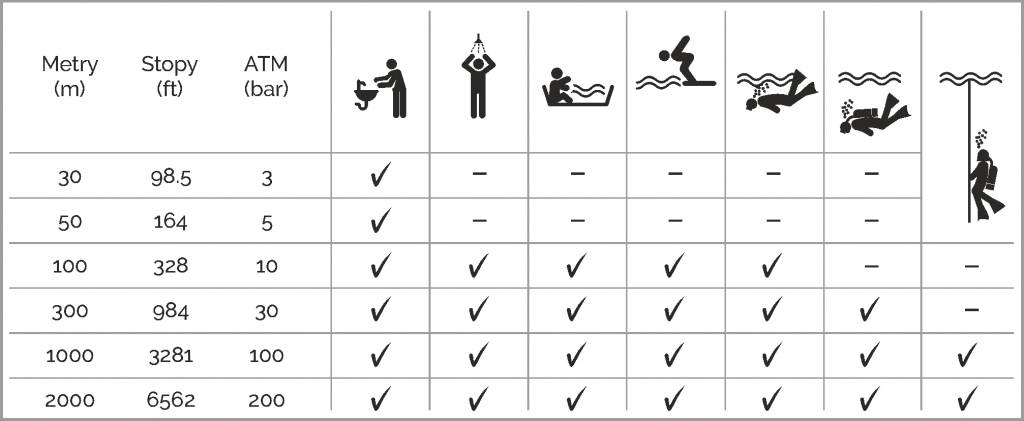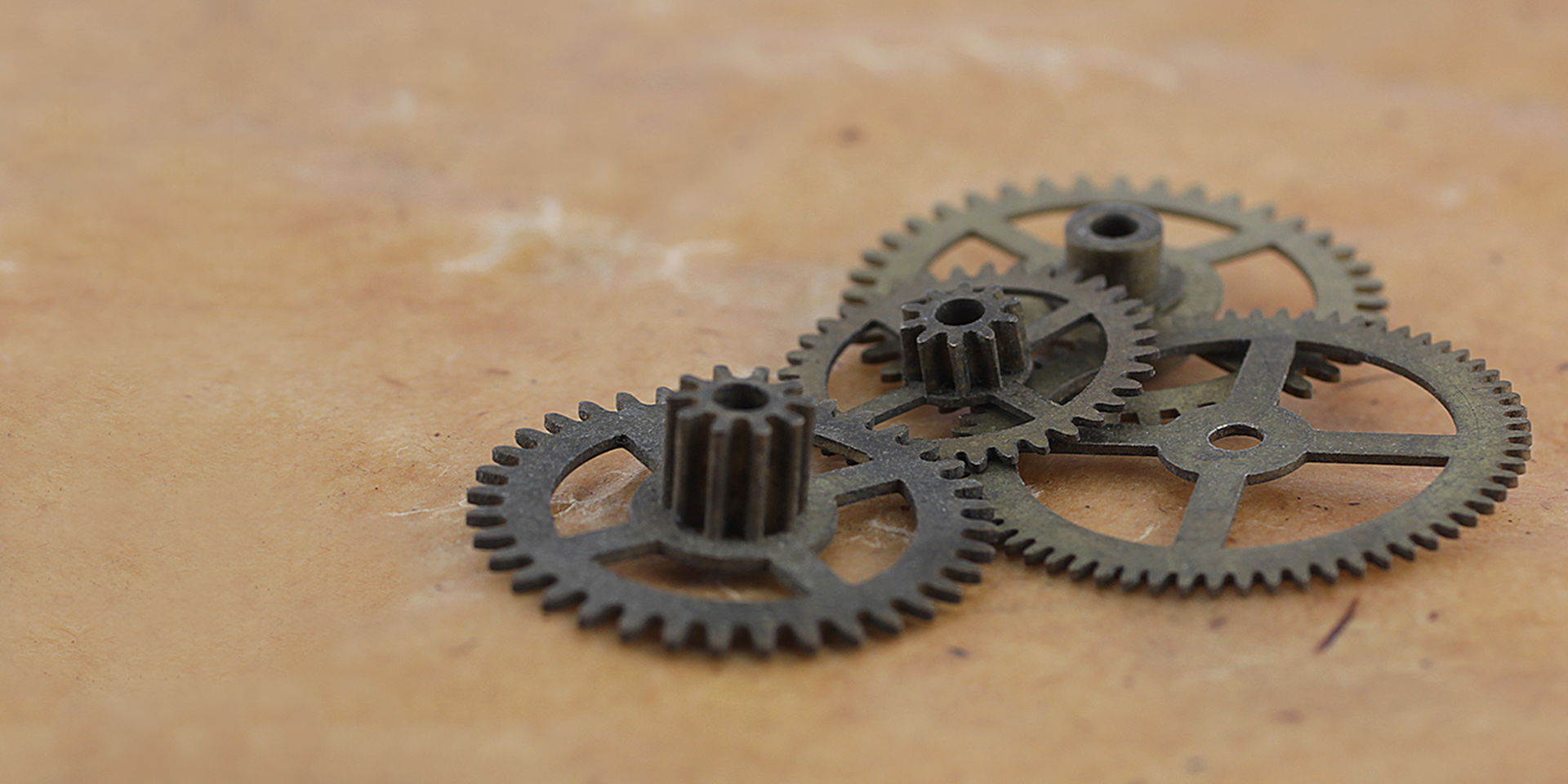OUR PRODUCTS CURRENTLY USE ONLY TOP-QUALITY MATERIALS
Case materials
Case materials
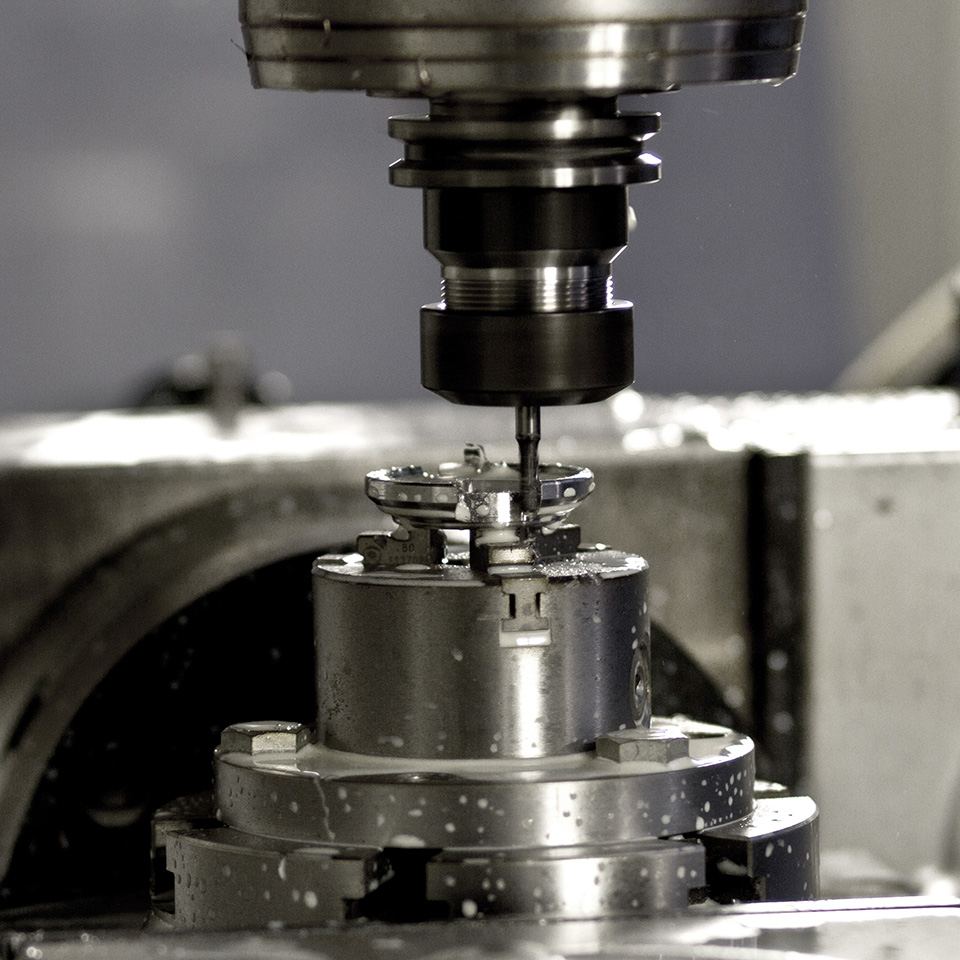
Steel 316 L
Stainless steel 316L is strong, hard and corrosion-free. It is also used in the food industry, medicine (surgical instruments) and other branches of the jewellery industry. The machining of this extremely high-quality material is difficult, and demands the use of modern high-precision CNC machines.
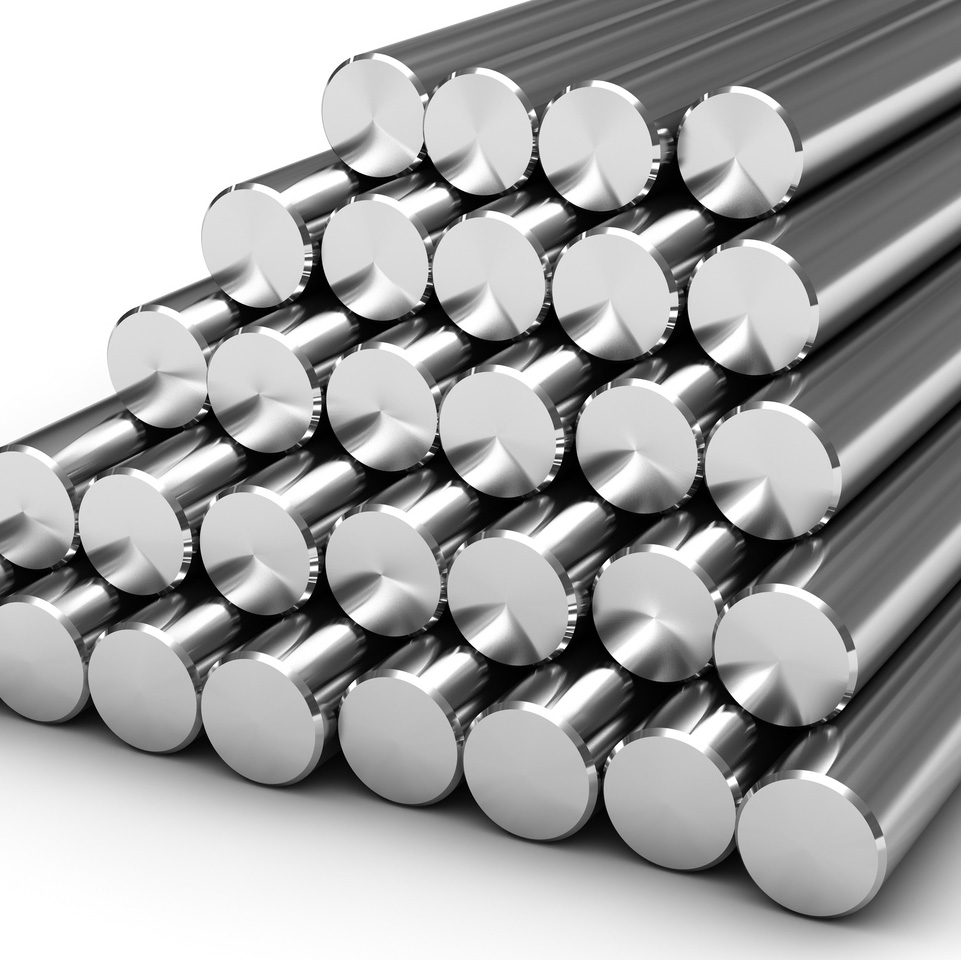
Titanium
Titanium is used for both sports and women’s models. It is a light grey, colour-stable and anti-allergenic metal. For comparison, titanium is about 32% lighter than steel. After polishing it is almost indistinguishable from steel. Owing to its outstanding properties, titanium is also used in the aerospace industry and the medical sector.

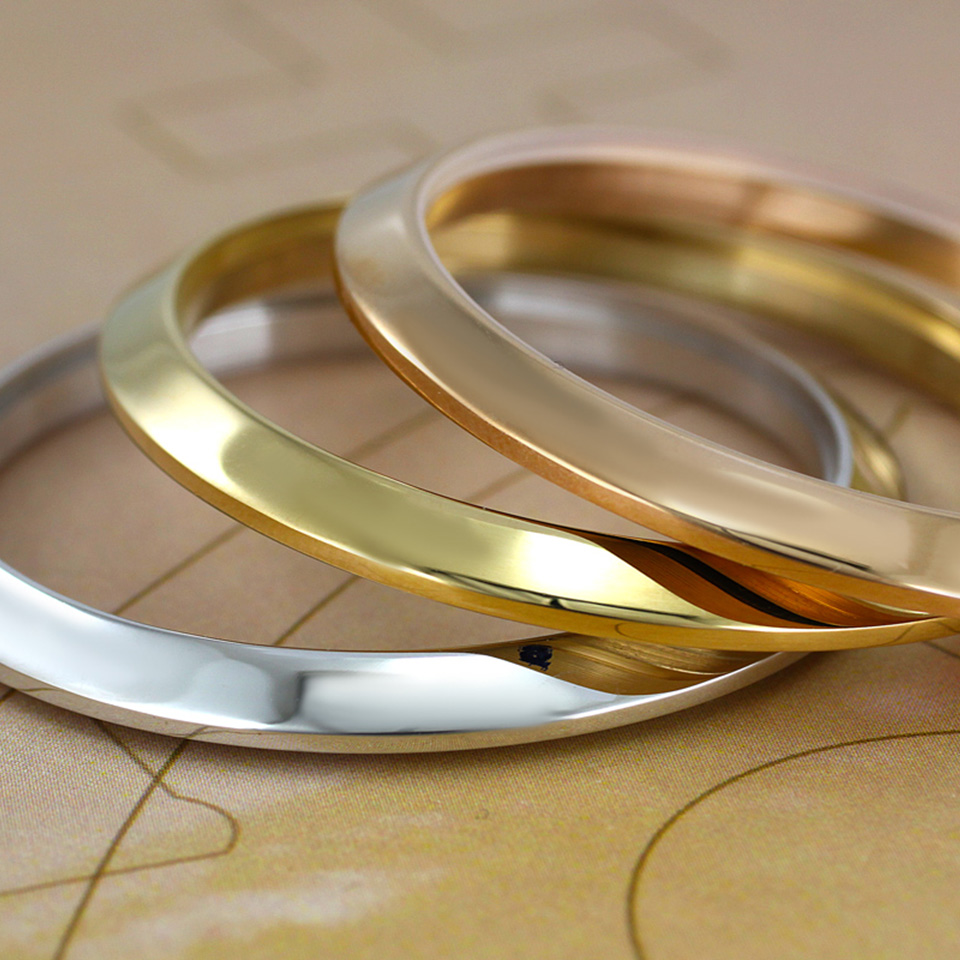
Gold
Gold is almost three times heavier than iron, with a specific weight is 19.29 g per cm3. It is used mainly for producing jewellery, often in the form of alloys. Gold content in jewellery alloys, i.e. its purity, is expressed in carats.

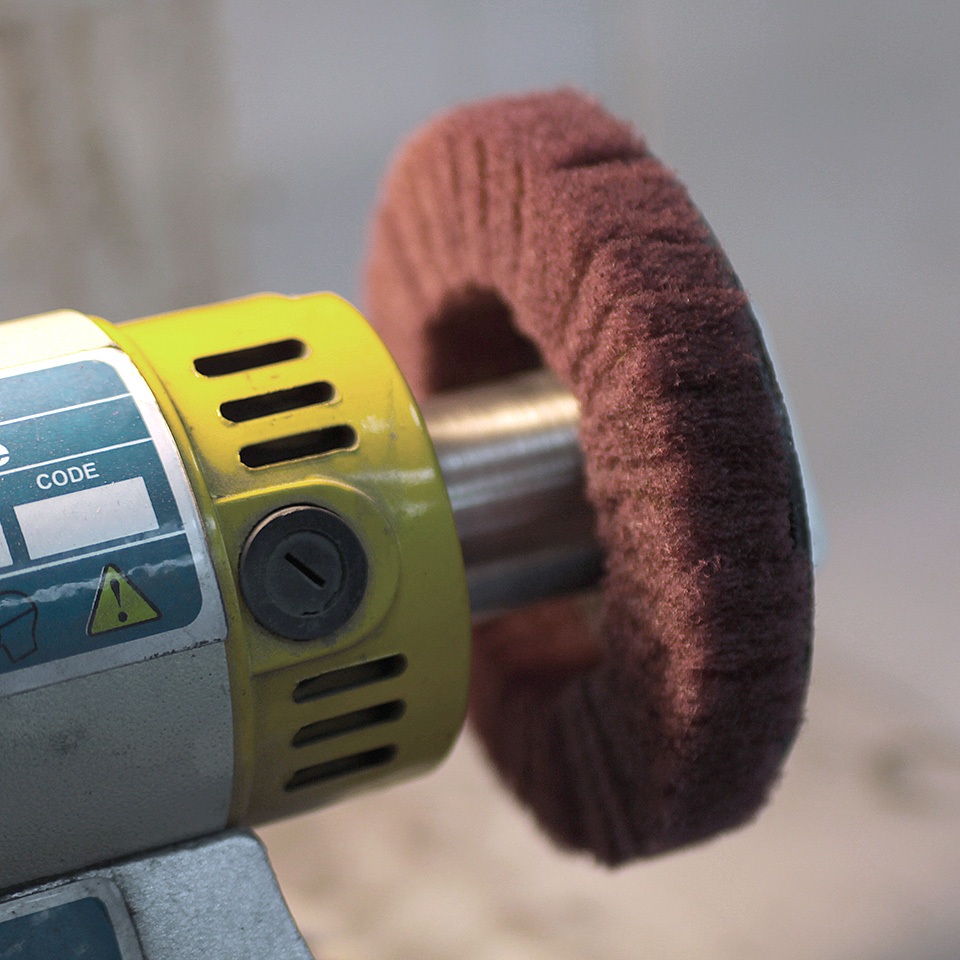
Surface finishes
Treatments consist in polishing steel to a high mirror gloss or brushing it to achieve a matt surface. Other types of steel finishes have recently become possible. Today, we can create a gilded surface finish or use the brand new IPG method. Achieving other colour shades is possible using the same method, with the result being red gilding IPGR, trendy matt black, or glossy IPB.
Ion plating (IP) is physical vapour deposition (PVD). Simply put, ion plating applies periodic bombardment of the surface of the case or bracelet to lay down layers of carbide. Everything takes place in a vacuum at high temperatures. This layer is several times harder than what was possible to achieve using earlier methods. It means this layer is exceptionally abrasion-resistant and long-lasting. Ion plating is also used for tools, machining tools and other objects.

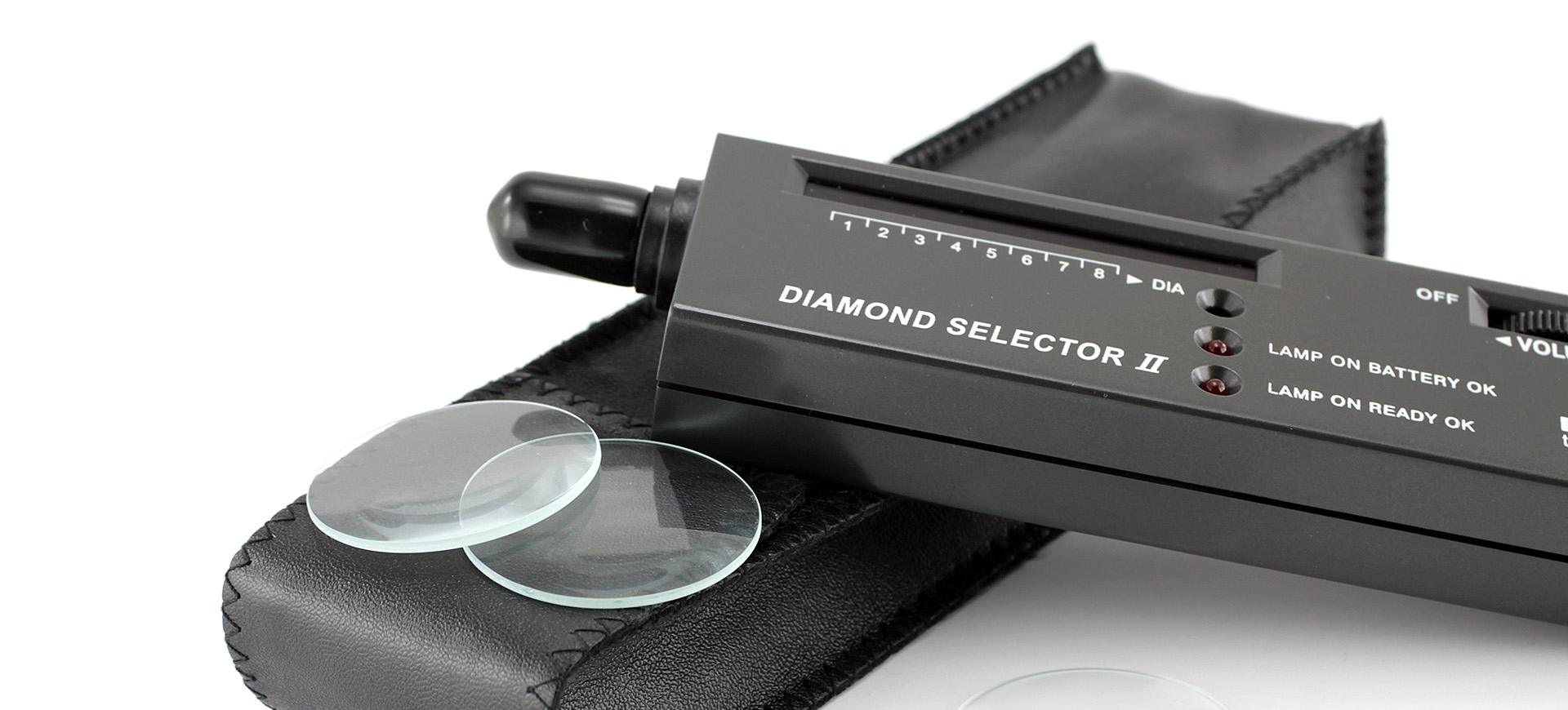
Glass materials
Glass materials
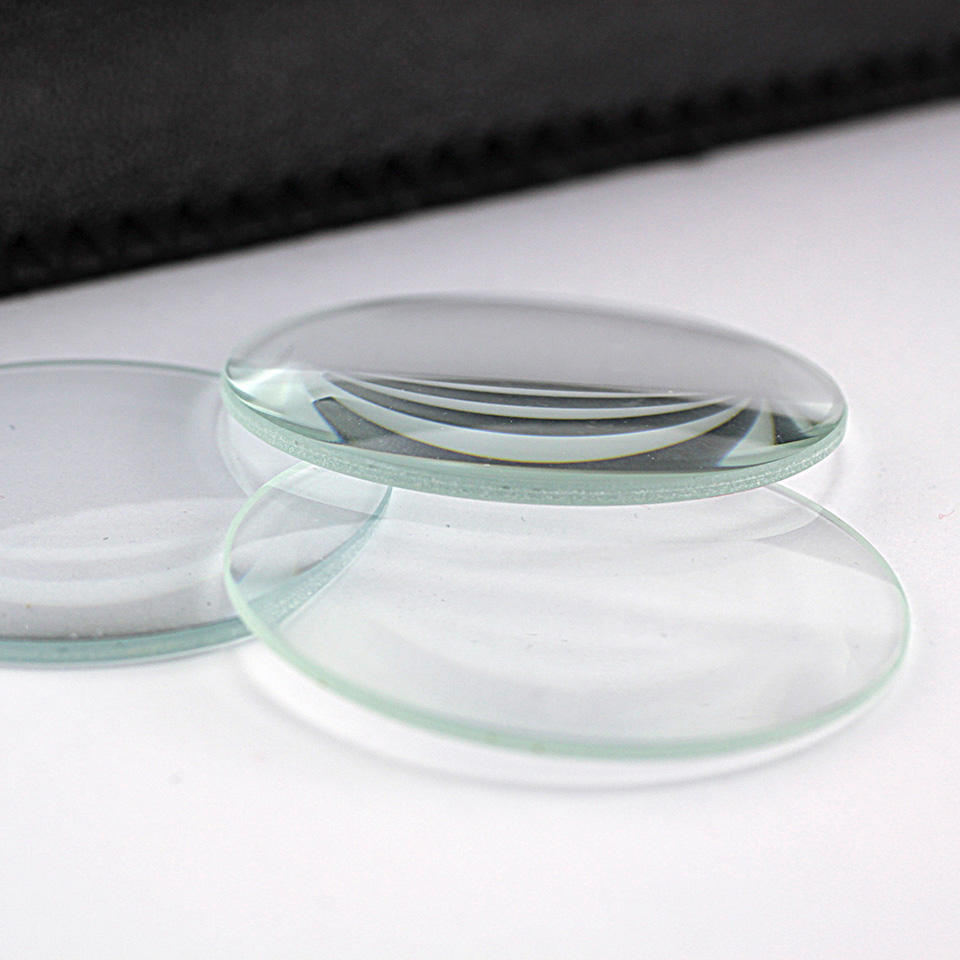
Mineral glass
(Silicon glass)
This is the most commonly used glass on PRIM watches. The main advantage is the price/quality ratio. Another advantage is that this glass is easier to machine than is the case with sapphire glass. While not as hard as sapphire, it is sufficiently resistant for normal use. The properties of mineral glass have another advantage – it refracts light at a much softer angle than sapphire glass.

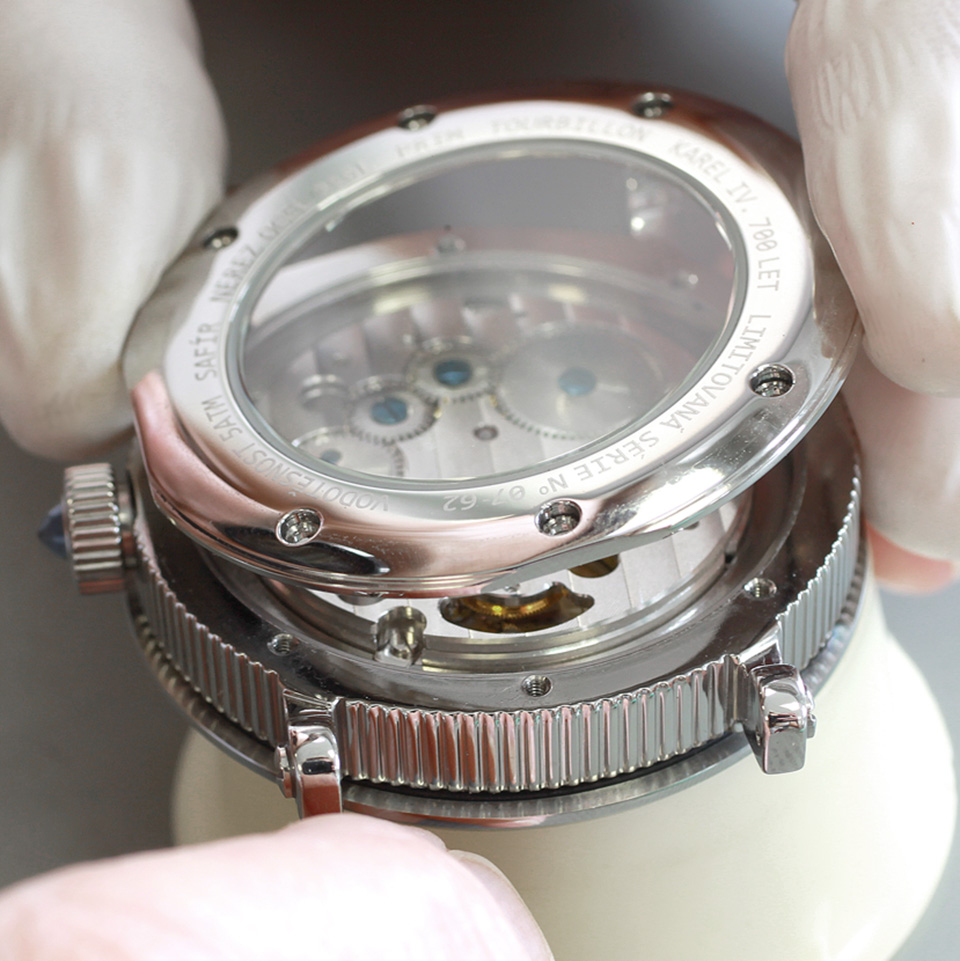
Sapphire glass
For many PRIM models, sapphire glass is used (if not included as standard, we can custom it to order). It is a synthetic sapphire, a clear corundum that is very scratch-resistant. On the Mohs scale it corresponds to a grade 9 sapphire hardness – only one degree less than diamond.
Today, sapphire glass is the material of choice for many types of watches. With the development of technology, it is now possible to produce these glasses with anti-reflective finishes. It involves a method of coating one or both sides with an anti-reflective coating.

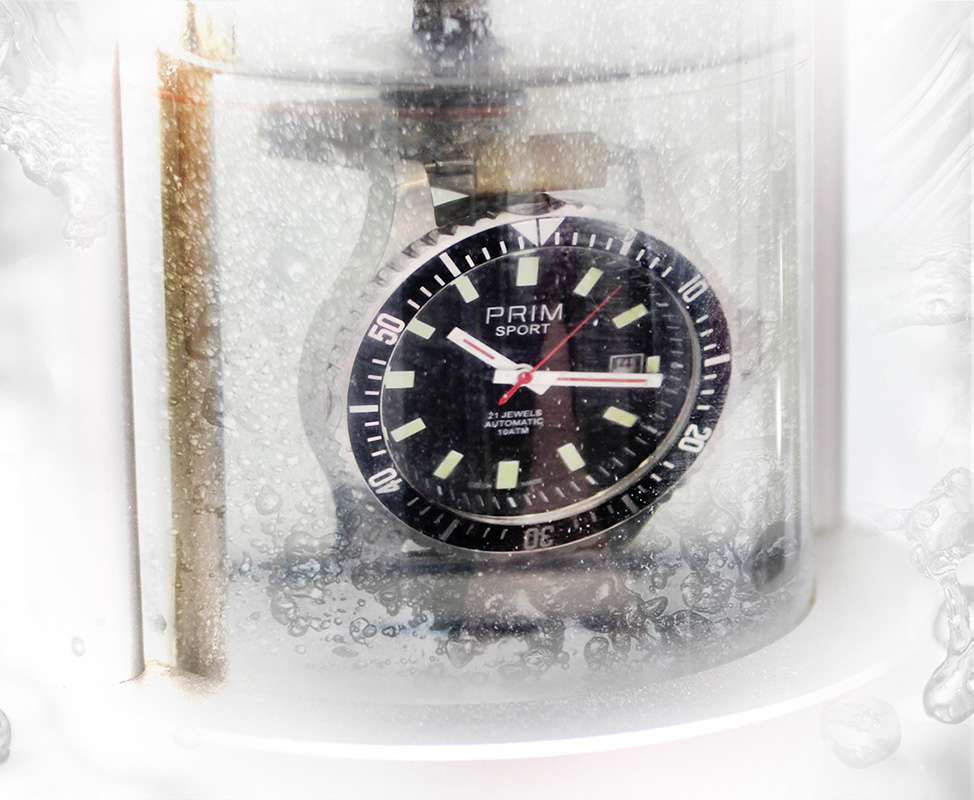
Water resistance
Water resistance indicates the ability of the watch case to resist the ingress of water. PRIM watches are divided into groups according to the degree of water resistance. The individual grades, including marking and permitted usage, are illustrated in the following table.
PRIM table of water resistance
PRIM table of water resistance
